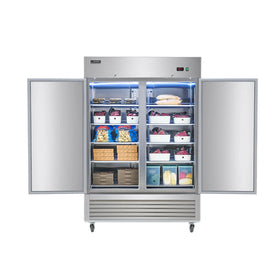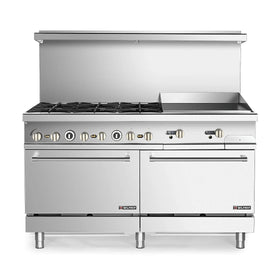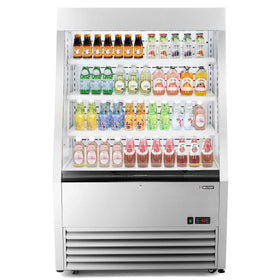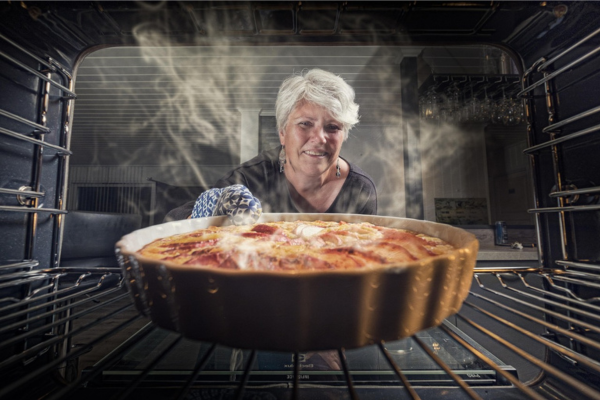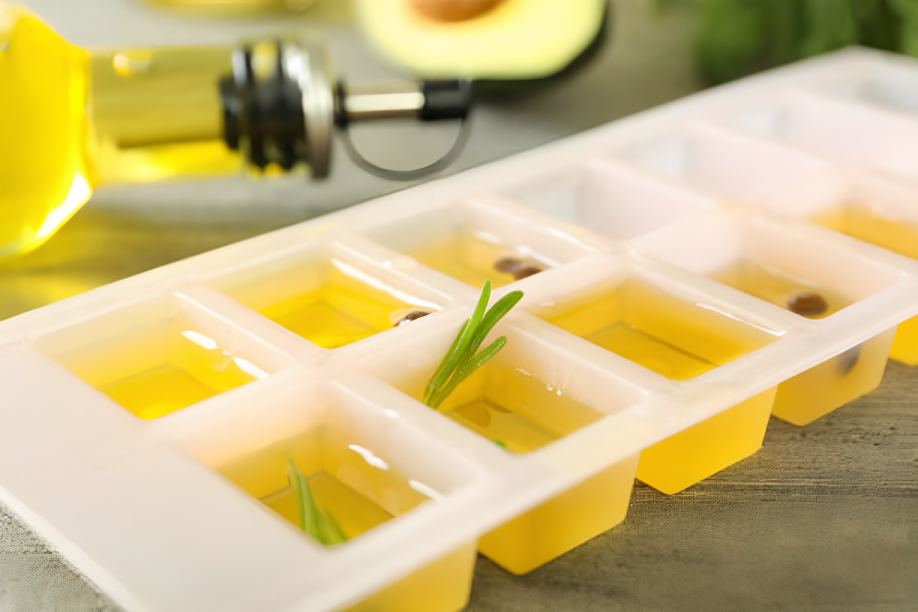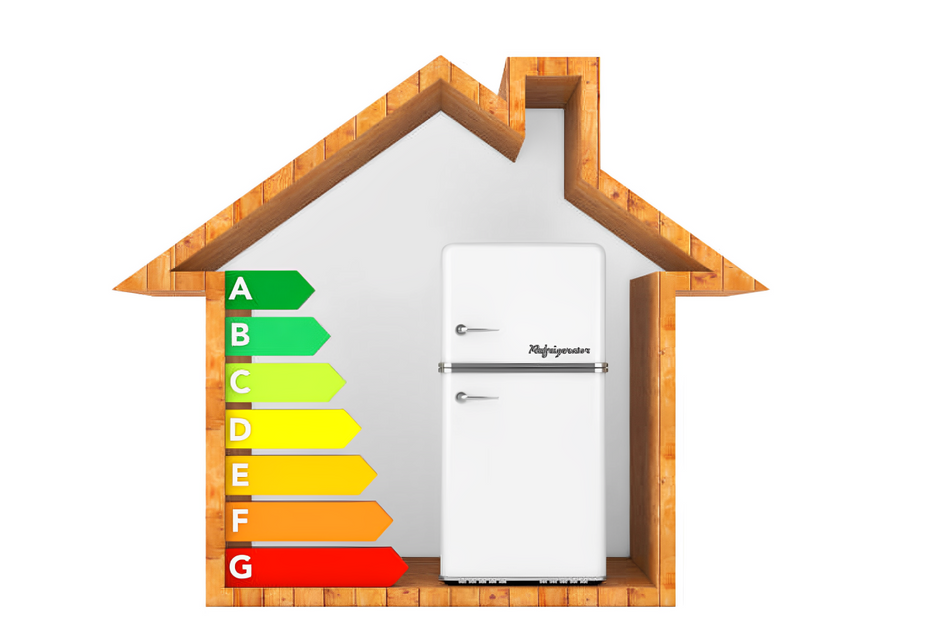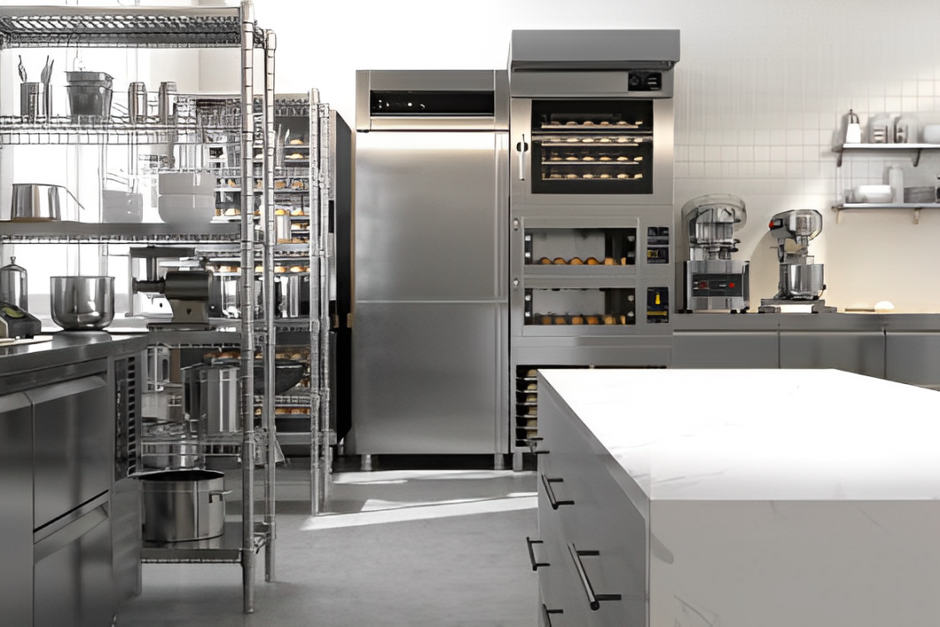Acquiring a good-quality commercial refrigerator is a crucial step to getting your restaurant up and running. However, knowing how cold the commercial refrigerator should be is equally important. The right temperatures will help keep your food safe and fresh, and ensure that your restaurant doesn't get into the bad books of the health regulators.
But what are those ideal temperatures? How cold should your commercial refrigerator be? What does the FDA say? And what about a commercial freezer? Here’s everything you need to know.
FDA Guidelines for Restaurant Refrigerators
The FDA strongly and strictly recommends that a commercial refrigerator be set at or below 40°F (4°C). In most restaurant kitchens, it is common practice for restaurant refrigerators to be kept at around 38°F (3°C). This allows a buffer against temperature fluctuations when doors are opened frequently.
Freezer Temperature
The FDA stipulates that your commercial freezer must be set to 0°F (-18°C) or lower. This ensures that food stays frozen solid and bacterial activity is essentially stopped.
These temperatures are not random. They are based on years of food safety research and scientific understanding of bacterial growth.
Why Is the Freezer Colder Than the Fridge?
The temperature difference isn’t arbitrary. It has a solid scientific reason:
- At or below 40°F, bacteria grow slowly.
- At 0°F or lower, bacteria become dormant and stop multiplying.
In other words, refrigeration slows down spoilage and the spread of bacteria, while freezing stops it almost completely. That’s why these two storage zones have very different target temperatures.
Think of it as two layers of protection: the fridge gives you a few days to safely use fresh food, and the freezer can stretch that time to weeks or even months
Summary
The FDA requires restaurant refrigerators to be set at 40°F or below, most commercial refrigerators are set at 38°F. This practice offers a small buffer before foods enter the “danger zone” of 40-140°F, when bacterial growth is rapid, sometimes doubling every 20 minutes.
Recommended Temperature for Different Kinds of Commercial Refrigerators
Generally, most restaurants keep their commercial refrigerators at about 30°F. However, not all commercial coolers maintain a consistent temperature range, especially under different workloads and different kinds of food items.
Here is a list of ideal temperatures for different types of commercial refrigerators.
- Reach-in refrigerators: 38°F (3°C). They are more vulnerable to temperature fluctuations because they are designed for frequent use.
- Undercounter refrigerators: at or below 40°F. They are built for prep stations and small spaces: they may have less insulation or cooling power than upright models
- Display refrigerators: 36–38°F) to compensate for loss through glass and door use. They tend to prioritize visibility over insulation.
- Beverage coolers: at or below 40°F. They may lack the versatility to handle different kinds of items.
However, FDA and local health rules don’t change based on unit type: 40°F or below is still the requirement for safety.
| Type of Commercial Refrigerator | Ideal Temperature | Typical Use | Temperature Challenges |
| Reach-In Refrigerator | Set to ~38°F (3°C) | General kitchen storage | Frequent door openings cause temp swings |
| Undercounter Refrigerator | at or below 40°F | Prep stations, tight spaces | Smaller size and insulation can lead to faster warming |
| Walk-In Cooler | Ideally below 40°F | Bulk storage of food | Airflow issues; temp zones vary with layout |
| Glass-Door / Display Refrigerator | 36–38°F | Customer-facing or high-visibility storage | Heat gain through glass, frequent door opening |
| Bar / Beverage Refrigerator | Ensure it can maintain ≤40°F before storing perishable items | Drinks, garnishes, and sometimes perishable food | Not always designed for food-safe storage |
Does it Depend on What You’re Storing?
Generally, the stipulated recommended temperature for commercial fridges and refrigerators does not depend on what kind of food is in the refrigerator. Target temperatures stay the same across all food categories, but some foods demand extra caution:
- Raw meat, poultry, and seafood should ideally be kept between 32–36°F (0–2°C) to avoid rapid spoilage.
- Dairy products such as milk and cheese also benefit from colder fridge temps.
- Fresh produce can typically tolerate 36–40°F (2–4°C), depending on the variety.
- All frozen food must remain at or below 0°F (-18°C), regardless of what it is.
So yes, while the general rules apply across the board, understanding what you’re storing helps you fine-tune your cold storage strategy.
Who Sets the Rules for How Cold a Refrigerator Should Be?
In the United States, the Food and Drug Administration (FDA) provides national food safety guidelines through the FDA Food Code. In addition, local and state health departments often have their own requirements, which align closely with FDA standards.
What Happens If the Temperatures Aren’t Right?
Keeping your commercial refrigerator at a temperature above 40°F is a terrible idea that could have disastrous consequences for the health and safety of your customers and threaten the success of your restaurant.
When your refrigerator or freezer runs too warm, you risk:
- Foodborne Illnesses. Temperatures above 40°F allow harmful bacteria like Salmonella, Listeria, and E. coli to grow. These can cause serious illness or even death in extreme cases.
- Faster Spoilage. Food loses its quality and shelf life quickly when it’s not kept cold enough. That means more waste and higher costs for your restaurant.
- Failed Health Inspections. Health inspectors routinely check refrigerator and freezer temperatures. Violations can lead to fines, citations, or even restaurant closures. If they find food being stored at unsafe temperatures, they can require immediate correction or throw the food out on the spot.
That’s why monitoring your fridge and freezer temperatures isn't just smart—it's absolutely necessary.
What to Do If You're Unsure How Cold Your Refrigerator/Freezer Should Be
Use a calibrated thermometer to check both the internal appliance temperature and the internal temperature of the food.
- Check your appliance manuals for manufacturer recommendations.
- Review your local health department guidelines or consult the FDA Food Code.
- Ask your health inspector or food safety consultant for advice.
You should also consider installing digital temperature monitors or alarms that alert you when the temperature goes out of range, especially helpful during power outages or busy hours.
Final Thoughts
Investing in proper temperature monitoring and understanding the science behind food safety can save your business from costly mistakes.
And if you're in the food service industry, being diligent about cold storage could also help you become more confident, professional, and successful. After all, every great dish starts with fresh, safe ingredients stored at just the right temperature.
You might be interested in how to store items in a commercial refrigerator


